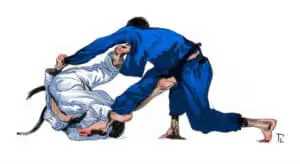You may have just started training BJJ or you are thinking of trying it out…Great! Now you want to know when you should start rolling? And all the etiquette surrounding live training. We will breakdown all the info you need to start rolling safely and effectively!
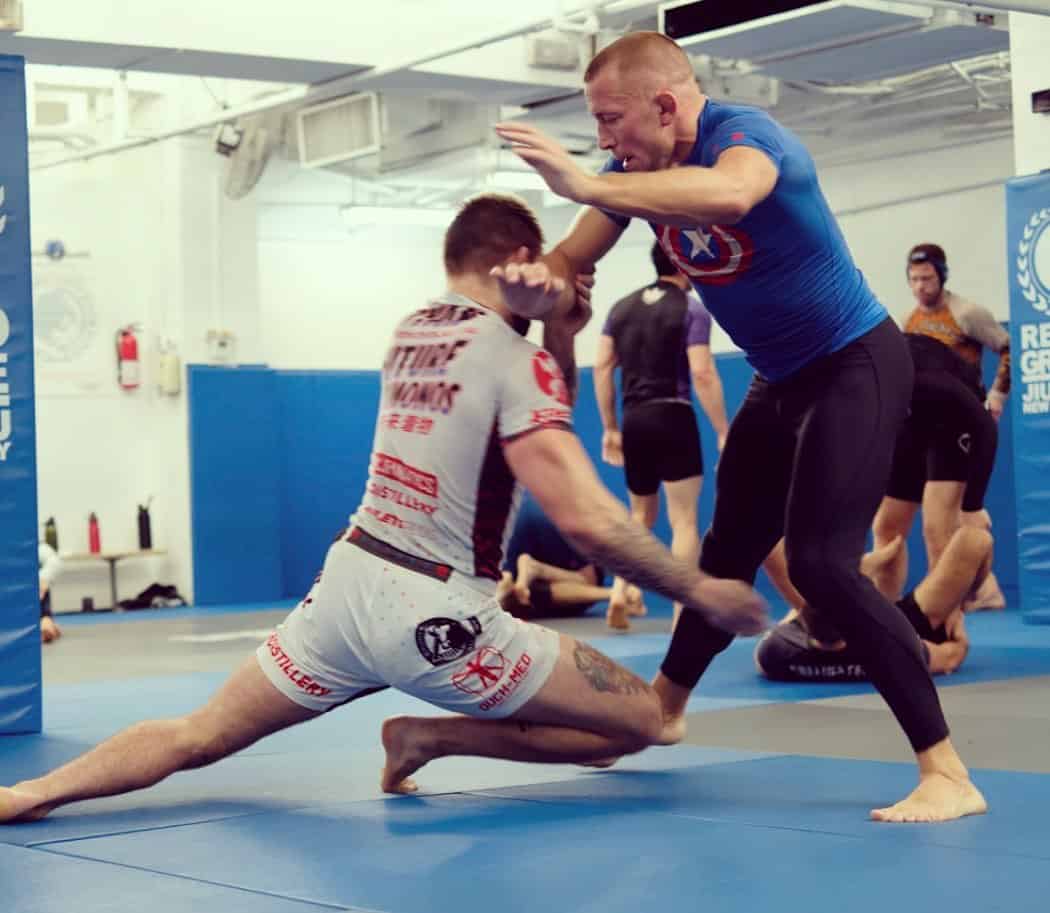
When should you start rolling in BJJ? You should start rolling in BJJ after you understand the rules, particularly what is illegal and dangerous and after you know a few basic techniques (a few sweeps, escapes and submissions) from each of the major positions (guard, mount, side control, back). This will take about 1-2 months of training 2-3 times a week to achieve.
Many people start rolling on their very first day of BJJ and likely to proudly proclaim because they did it is great and that everyone should roll on their first day too. However, just because many people end up rolling on their first day of BJJ does not mean it is the optimal way to train new athletes.
These same people who claim that rolling on your first class is so great also love to complain about the crazy dangerous things new white belts do during sparring. Somehow they don’t see how the two are related.
The problem with a new BJJ athlete rolling too early is they often place themselves and their training partner’s in danger because they are often ignorant about the rules or do not understand how or why certain positions are dangerous. Often new BJJ athletes will be released into live training without checking that they know the rules or have any understanding of basic techniques.
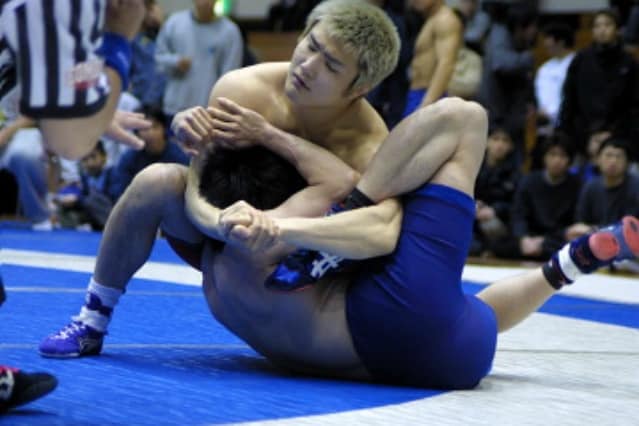
This creates a scenario where new white belts will either become like a wet noodle where they will let you do anything to them because they have no clue what they should be doing, which although boring is at least safe for both BJJ practitioners. Or they will flail like a mad man and proceed to thrash and enter berserker mode as they are convinced they are in a fight for their life and need to hulk smash their way to victory. The second scenario is all too common and results in many injuries. The second scenario becomes even more dangerous when new white belts are paired up with other white belts who do not have the experience to control the crazy outburst.
I have seen some crazy situations where new white belts who are rolling too soon execute wild and erratic movements that can very dangerous. For example, I saw a strong young enthusiastic white belt who was stuck in another white belt’s guard decide to stand up and do a front flip over his opponent’s head while still trapped in his opponent’s full guard. I have seen another brand new white belt just about to about to slam another white belt on his neck after standing up in a triangle attempt, fortunately the coach stopped him before he tried to Rampage Jackson his training partner.
These situations could have easily been avoided if coaches delayed the time they let new BJJ practitioners roll. To increase safety they should double check before they let a new athlete roll that they understand the rules and that they know at least a few basic techniques.
Should You Do Positional Sparring Before Rolling In BJJ?
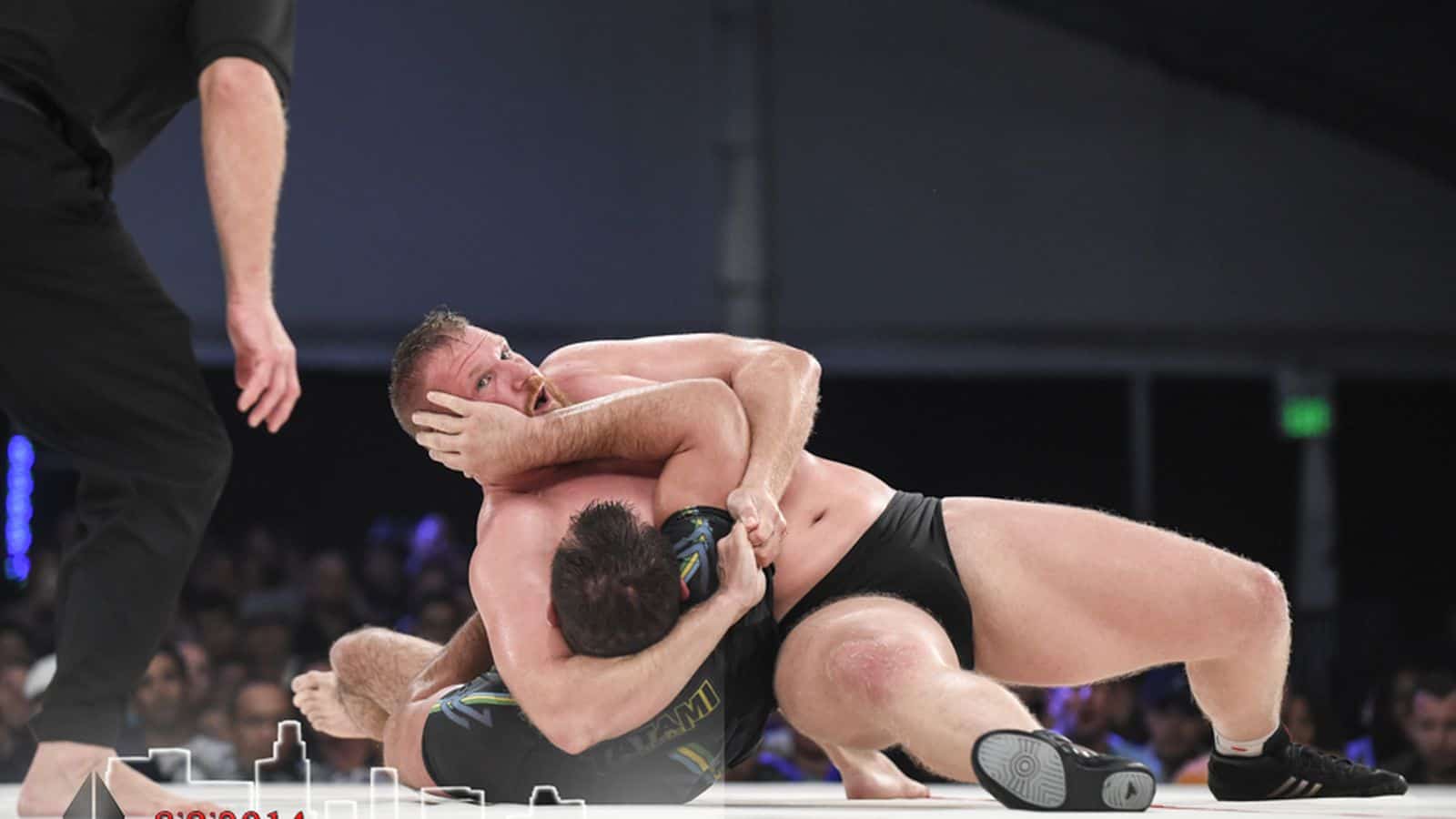
New BJJ athletes should start with positional sparring before rolling. Positional sparring allows you to simplify the sport and allows you to practice specific movements and positions over and over again until you build competence. The problem with rolling too early is you are only equipped with a couple of jigsaw pieces but those pieces only fit into very specific holes and in rolling you may never get the opportunity to use your pieces as the situation may never arise.
Positional sparring solves this problem as your coach can ensure you are in a position where you can use all the techniques you know. For example say you have attended 3 BJJ classes, you have learned some tips on how to hold mount and 2 mount escapes. Your coach can now partner you up and start you in the mount position. Your goal is to hold mount for as long as possible and your partner’s goal is to escape. Once they escape you reverse the position and start again. Positional sparring simplifies BJJ and allows you to practice techniques you actually know over and over again until you start progressing.
If you started rolling you may never get into mount or be mounted. So you may never get to actually practice the little BJJ you know. You will end up spending the whole roll flailing around just randomly spazzing and you end up not performing anything that can be considered BJJ.
How Do You Start Rolling In BJJ?
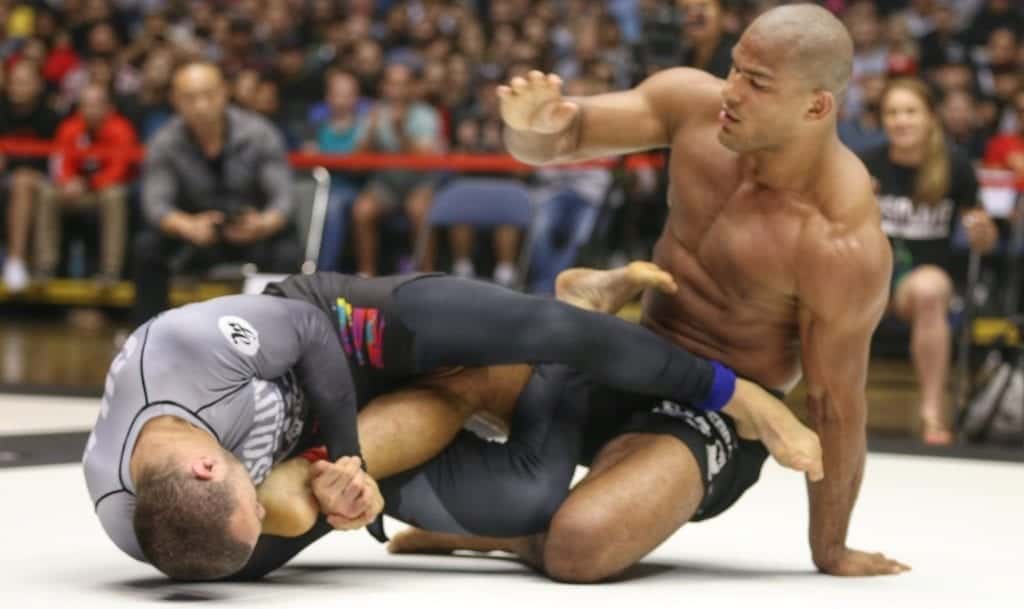
You have multiple options to start rolling in BJJ. You can both start standing. One person can stand and the other person can sit guard. You can both sit and start with one person on top trying to pass and the other playing guard. You have many options to start a BJJ roll the only position you should avoid is both athletes starting on their knees.
Lets Look At The Pros And Cons Of The Different Ways To Start Rolling In BJJ
Both Standing
Pros:
- Mimics competition
- Mimics self defense situation
- Practices takedowns
- Practices transitioning from standing to submissions
Cons:
- Increased risk of injury due to falling body weight, wrestling tends to be more dangerous than BJJ
- Athletes can stall in the standing position resulting in little BJJ occurring
- If there is limited space can be dangerous as you can bump into people
- Harder on your body than BJJ, can lead to increased soreness
One person Standing, One Person Sitting Guard
Pros:
- Practice a common position in BJJ
- One athlete can work on their passing
- One athlete can work on their guard
Cons:
- Only a certain types of guards can be used when opponent is standing, if you don’t play these guards this position isn’t suitable for your style of BJJ
- Some athletes are clumsy with their body weight and will fall on you from a standing position which can lead to injuries
Both Athletes On The Ground, One On Top, One On Bottom
Pros:
- Safe – athletes do not have to worry about falling body weight
- Do not need much room, if space is an issue at your gym this is the best way to start rolls as you can safely roll within the confines of a small area
- Can practice a variety of guard styles
- Can practice a variety of guard passing techniques
- Most common way to start rolls, all BJJ athletes will understand how to start a roll from this position
Cons:
- Does not practice takedowns
- Does not mimic competition where athletes have to start standing
Why You Should Not Start BJJ Rolls On Your Knees?
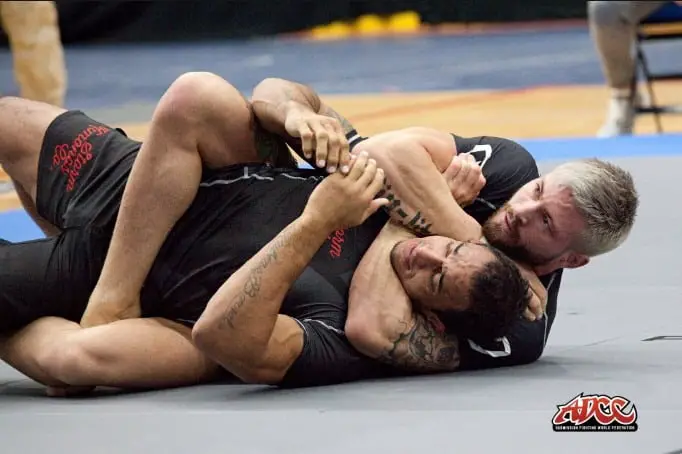
You should not start BJJ rolls on your knees because you are practicing a position in BJJ that never occurs. Knee wrestling is a waste of time and never occurs in competition or in a street fight. If you want to wrestle then you both need to stand up and start attacking takedowns. If you want start on the ground then one person needs to opt to play guard and the person needs to try to pass.
If you both want to start on the ground but your training partner is trying to knee wrestle just pull guard and start the roll. Trying to knee wrestle is a waste of both yours and your opponent’s training time.
Unless you plan on loosing both your legs shortly then you have no need to practice wrestling on your knees. Leave the knee wrestling for the less astute BJJ practitioners and focus on improving your BJJ skills by either standing or pulling guard.
How Often Should You Roll In BJJ?
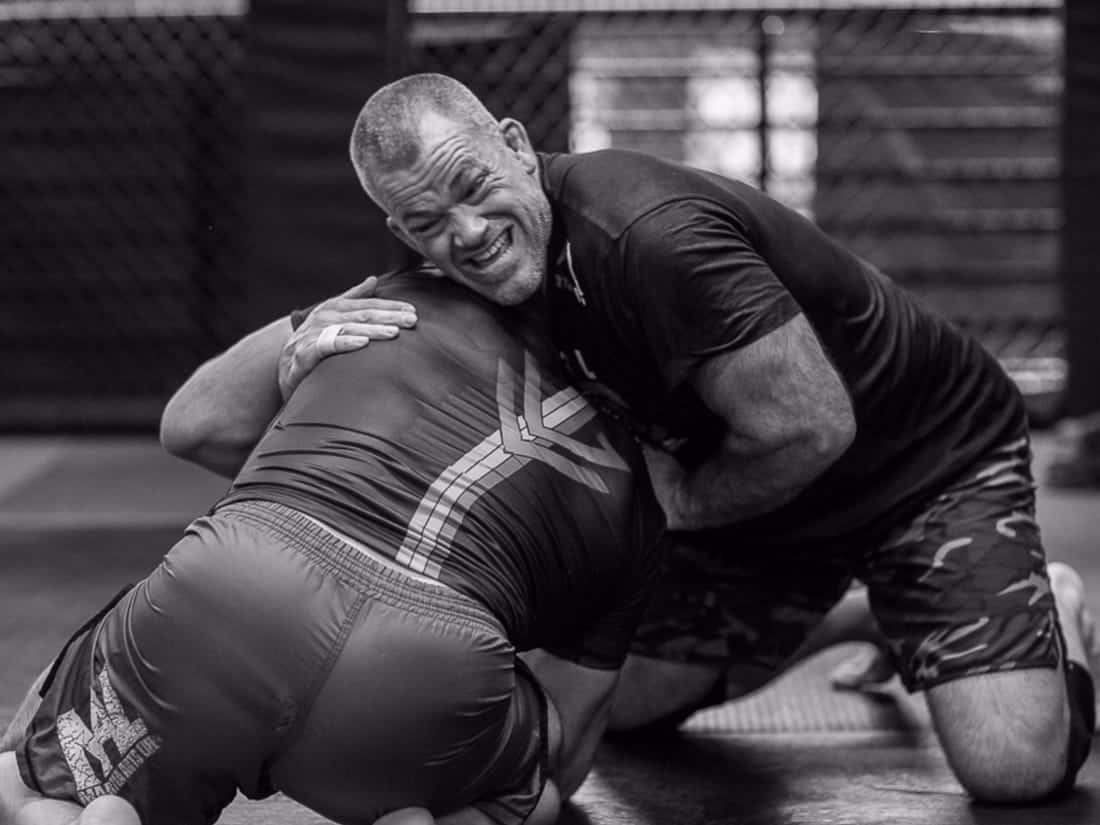
How often you should roll in BJJ depends on how often you train. If you train between 2-4 times a week then you should roll every class and aim to get between 3-6 rounds of sparring each training session. If you train 6 + days a week then you should consider taking a few days off from sparring.
Even though rolling is such great fun it can really damage your body if you over do it. To determine how often you should roll you need to listen to your body. If you are constantly sore after rolling 6 + rounds every time you train then you need to dial back the volume. Try 4 rounds per training session and see how your body feels.
If you are getting in 15-20 rounds of sparring per week that should be more than enough to see your BJJ continually improve. Anymore than 30 rounds of rolls per week, you may be pushing it and in danger of over training. If you are having a hard time getting in enough sparring due to soreness or cardio issues you should alter the intensity of your rolls. Add some light and medium rolls to your training schedule, not every roll has to be to the death.
Conclusion
Don’t feel pressure to start rolling too early. To maximize your safety and progression as a BJJ athlete you should start rolling only after you understand the rules, how to keep yourself safe and how to perform the basic movements. This can take between 1-2 months of training 2-3 times a week. It is more effective to begin positional sparring and once you have learned enough techniques and have had success in positional sparring you then can transition to rolling.
